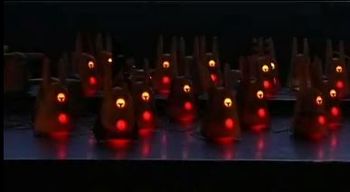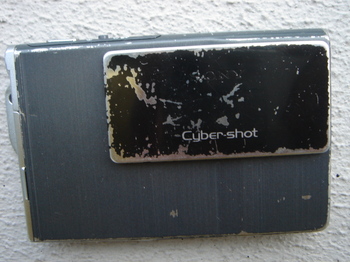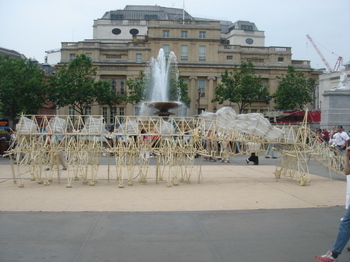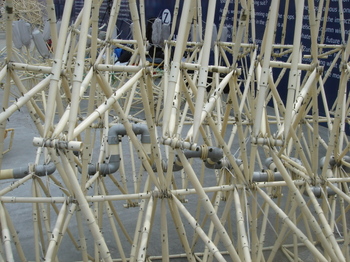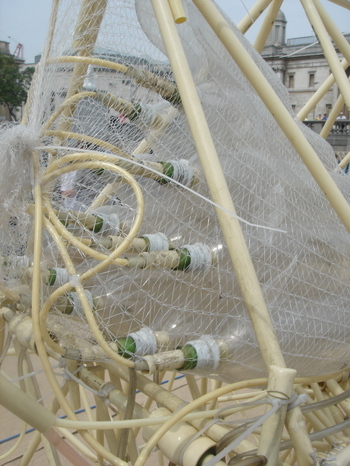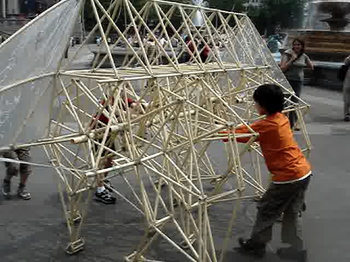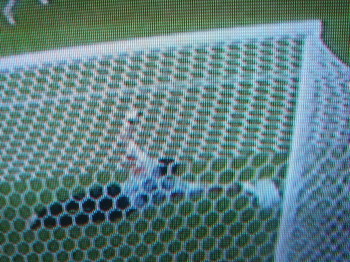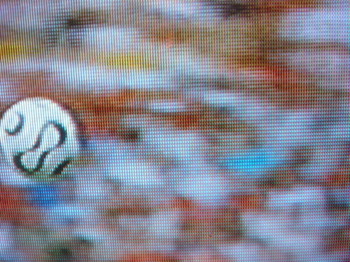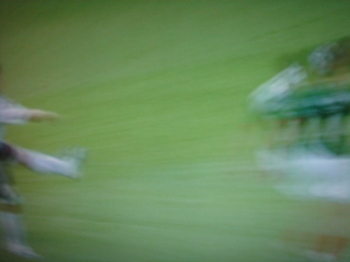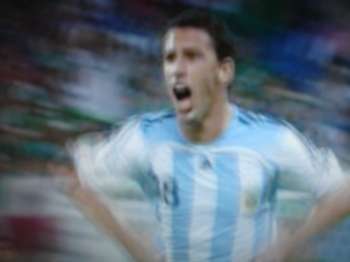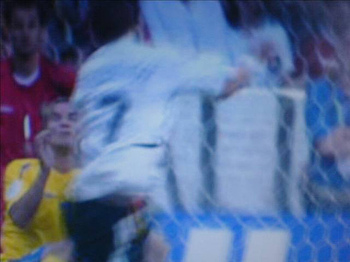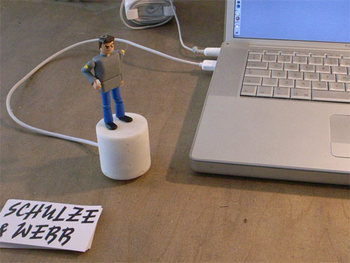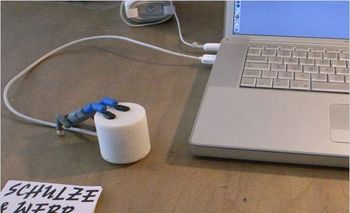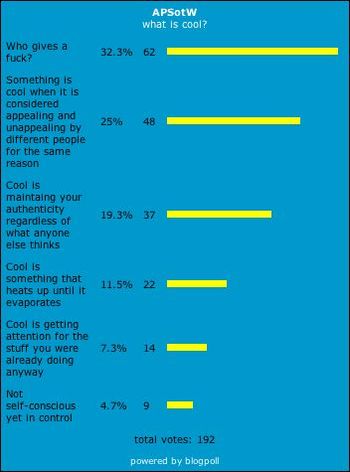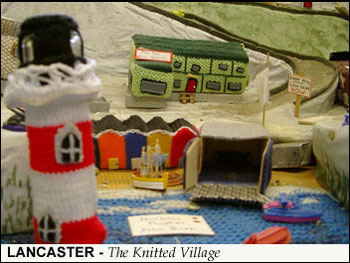
Remember when everyone had analogue TV and analogue radio? Everything happened at the same time. Live, seemed to mean live. As near as you'd notice it was all simultaneous. Then you got a digital radio, and you'd have it on in one room and your regular radio on in another room and you noticed that the dgital radio was a bit delayed, presumably as the signal bounces off some satellites or something and is processed through the radio's digitalness.
It made you question the pips. The pips are less accurate on a digital radio.
Then, today, I was watching Germany v Sweden, but half-watching because I was doing a bit of tidying and filing and iTunes sorting. ( I do this a lot, I grew up doing my homework infront of the telly and find it very hard to work without some media on somewhere. People ask me how I have time to do so much blogging, that's the answer, I do it infront of the telly) And somehow I ended up with the commentary from 5 Live on a DAB radio and the TV signal coming from BBC1 via a Mac and Miglia TVMini thing. It meant that the radio commentary was fractionally ahead of the TV - which made it absolutely brilliant, especially if you're only paying continuous partial attention.
If you're just sitting and watching it's great, because one of the things that annoys about commentary is they often tell you what you've just seen, it's superfluous. The world to eye to brain to mouth to ear lag is slightly unsatisfactory, but we've never really had an alternative. With that slight delay on the visuals the commentary just fits in perfectly - it tells you what to look for, not what you've just missed or seen.
And if you're mostly doing something else it's perfect, because the dynamics of the audio patrol the fringes of your attention and alert you when something interesting's happening. A bit more crowd noise, more shouting from the commentator and you're automatically, unconciously drawn to check out the screen. But with the tiny delay on the visuals you look to the screen just in time to see something, rather than just in time to miss something, which is what always used to happen.
I know this is deeply trivial, but it made me wonder whether there are any other useful applications of this kind of thing. We always think of time-shifting as a big chunky tool; we shift whole slabs of integrated media over large distances - minutes, hours, days. But what if we explored micro, fragmented time-shifting, shifting media by tiny amounts, seconds, fractions of seconds. And what if we split that media up, moving the sound differently to the visuals, or differently to some meta-information, maybe giving you cues when to pay attention or giving you clues how to watch.
Or something. Anyway. Going to watch Argentina v Mexico with proper attention.




